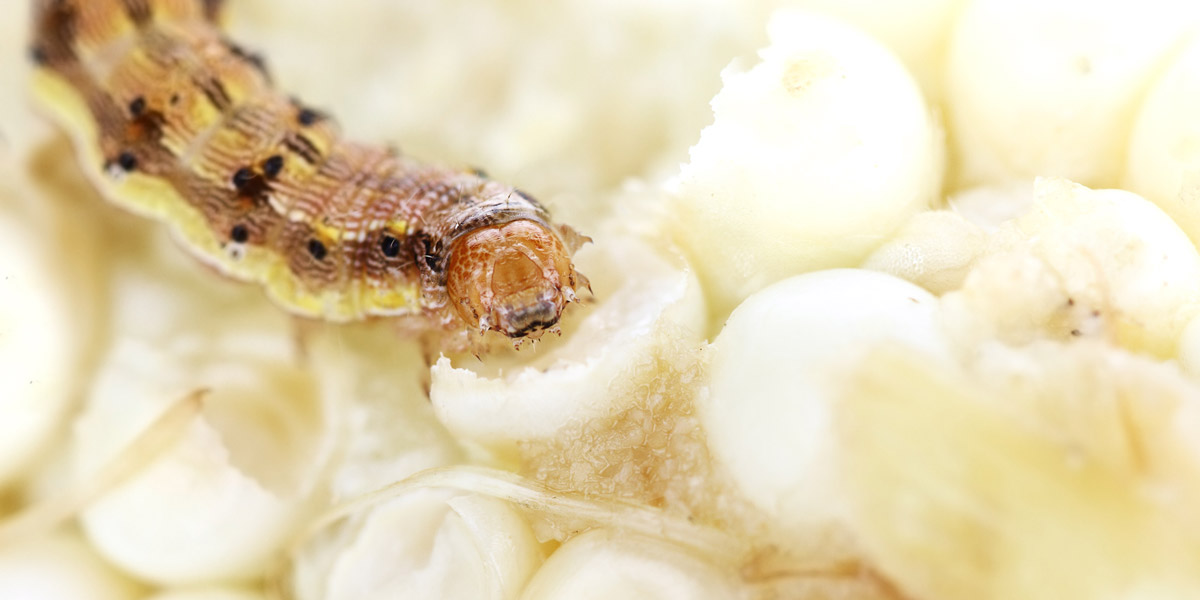
A new study finds that GM Bt and herbicide-tolerant GM plants fail because they don’t take account of the complexity of biological systems
GM plants have mainly been used to avoid insect pests and weeds in maize, soybean, canola and cotton. The two main traits used are plant-produced toxins (Bt toxins) and tolerance to spraying with herbicides.
A new article from GenØk senior scientist Thomas Bøhn and his research colleague Gabor L. Lövei describes the ecological effects of these GM plants in a sustainability context.
Bøhn and Lövei found that GM Bt insecticidal crops led to the initial benefit of reduced spraying of insecticides, but this was soon cancelled out by the evolution of resistance in pests and increased attack from secondary pests that are less affected by Bt toxins.
Regarding GM herbicide-tolerant crops, Bøhn and Lövei found that these have led to a crash in the population of the monarch butterfly, as the butterfly’s main food plant has been decimated by herbicide spraying on the GM crops.
Bøhn and Lövei conclude that these GM approaches are reductionist in nature and fail to take account of complex biological systems, leading to negative “surprises”. They recommend instead the “prioritization of research that counteracts the tendencies of reductionist approaches”.
The findings in detail
Bøhn and Lövei found that:
1. The use of Bt toxins may lead to resistance development in pests. The example of Busseola fusca (maize stalk borer) in South Africa is described in detail. Observed benefits of Bt maize, such as reduced spraying with pesticides, did not last for long. In general, the industry response to resistance in insects has been to ‘stack’ different Bt toxins (up to 6) in the same plant.
2. The use of Bt cotton in China led to initial positive effects. Pest insects were successfully targeted by Bt toxins with an overall reduction of pesticide use, as well as reduced harm to cotton and other crops. However, again, these benefits did not last. Mirid bugs, a secondary pest that is less sensitive to Bt toxins, took over the role as the dominant pest. Mirid bugs used the GM Bt cotton as a host plant and thus spread over large areas, harming cotton but also other valuable plants in the area.
3. The monarch butterfly, which migrates thousands of kilometers through the US from Mexico, is threatened. The cause is found in the extreme weed control, based on the spraying of GM herbicide-tolerant crop fields with herbicides. Herbicide-tolerant plants are sprayed several times in the growing season. Milkweed, the main host plant for the monarch, is near extinct in GM soy and maize fields that cover vast areas of land.
The study:
Bøhn, T. and Lövei, G.L. (2017). ”Complex outcomes from insect and weed control with transgenic plants: ecological surprises?”, Frontiers in Environmental Science 5: 1-8. https://doi.org/10.3389/fenvs.2017.00060 (Open access)










